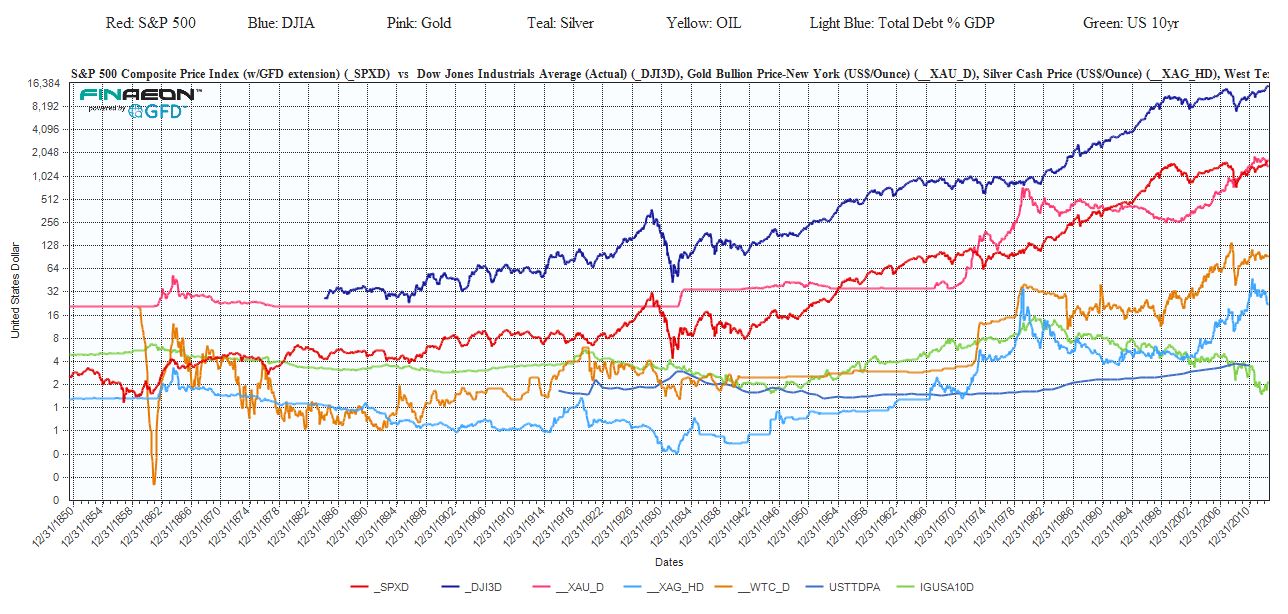By:
Jose Torres, Senior Economist
Yields are plunging in bull steepening fashion after Fed Governor Christopher Waller voiced support for an imminent central bank interest rate cut this month, citing softening labor market trends. Waller mentioned that hiring has been dominated by non-cyclical sectors, making employment conditions look better than they really are. He also opined that tariff pressures are likely to be temporary and that inflation expectations are contained. Additionally, this morning, the UMich Consumer Sentiment print signaled the same reality, as both 1- and 5-year price level anticipations sank materially. Lightening cost forces led to an improvement in household confidence this month, while a separate report concerning housing starts and building permits pointed to heavier construction volumes. Investors were responding to monetary policy accommodation prospects and stronger-than-projected economic data by driving stocks to new records before equities retreated to the flatline. In other areas, robust activity figures are supporting bullishness across Treasuries and the commodity complex, with all majors gaining. Meanwhile, traders are unwinding volatility protection instruments and softer borrowing costs are weighing on the greenback while bitcoin is facing modest selling pressure following strong gains driven by enthusiasm regarding significant stablecoin legislation progress in Washington.
Consumer Sentiment Climbs
Household feelings concerning the economy improved this month on reduced price pressure angst, according to the University of Michigan’s (UMich) Consumer Sentiment Index. The headline score of 61.8 marked a five-month high, beat the median estimate of 61.5 and arrived above June’s 60.7. The sub-indices of current conditions and future anticipations climbed from 64.8 and 58.1 to 66.8 and 58.6. Inflation expectations sunk to their lowest levels since February, declining from 5% and 4% over 1- and 5-year time horizons to 4.4% and 3.6% m/m. Overall, folks felt better about the present but worries regarding the upcoming quarters remained prevalent.
Housing Starts Buoyed by Rentals
Housing starts and plans for future construction improved last month on a surge in rental unit developments. The overall pace of groundbreaking projects rose 4.6% month over month (m/m) in June to 1.321 million seasonally adjusted annualized units (SAAU), stronger than the 1.263 million in May and the 1.3 million expected by the consensus. The progress was driven by the apartment building category jumping 30.6% m/m while singles dropped 4.6%. Furthermore, the Northeast was the only region posting a positive result, climbing 73.3% m/m, while the Midwest, West and South slipped 5.3%, 1.4% and 0.7%.
Building Permits Too
Similarly, the rate of permits was driven by apartment buildings, with the overall gain of 0.2% driven by an 8.1% m/m increase in structures of 5 units or more. The single-family home category declined 3.7% m/m. But the South was the sole gainer from a regional perspective, advancing 4.4%. The Midwest was unchanged while the Northeast and West backtracked by 11.4% and 5.1%.
Waller Reminder Is Well-Timed
Governor Christopher Waller’s reminder this morning that he’d prefer a rate cut this month coincides with the White House looking for Fed Chair Powell’s replacement. And investors are taking it well, as Waller is a candidate who possesses the prowess to appease the cabinet while preserving the central bank’s independence. Indeed, it’s not likely he would support a benchmark yield of 1%, like President Trump alluded to earlier this week, but he has the skills to thread the needle in a way that can satisfy both Washington and Wall Street. Furthermore, the Governor hasn’t been topping the list as the new monetary policy chief lately, so popping his head out appeared well timed. Turning to the economic cycle, today’s reports pointing to a construction recovery, an improvement in consumer sentiment and a reduction in inflationary expectations is positive for prospects going forward. But in conclusion, a disciplined Fed leader is significant to maintaining market stability, price pressure anticipations and limiting the cost of duration, which is critical for the Treasury’s finances.
International Roundup
Japan Inflation Slows
Price pressures in Japan eased last month, according to both the headline and core versions of the Consumer Price Index (CPI). The National CPI was up 0.1% m/m and 3.3% y/y, less than the 0.3% and 3.5% in May. The core metric, which excludes fresh food prices, gained 3.3% compared to the economist consensus expectation of 3.4% and May’s 3.7% print. When excluding both fresh food and energy, the CPI bucked the easing trend with a print of 3.4%, up from 3.3% in May. Japan has been jolted by rapidly increasing rice costs, but that issue has moderated after the country started releasing its stockpile this past spring.
Eurozone Construction Falters
Construction outlays in the eurozone sank 1.7% m/m in May after climbing 4.3% in the preceding month, according to preliminary estimates from Eurostat. It was the worst decline in almost two-and-a-half years. Specialized construction sank 1.7% and building construction dropped 1.3%.
Most Hong Kong Business Expect Unchanged Conditions
The Hong Kong Quarterly Business Tendency Survey found that roughly 72% of entrepreneurs believe conditions during the three-month period ending in September will be unchanged relative to the second quarter. Among survey respondents, 18% expect the business environment will be worse and 10% anticipate an improvement. The transportation, storage and courier services sector had the worst result with 37% of respondents expecting conditions to worsen followed by the import/export trade and wholesale category and the construction with 29% and 28% of businesses anticipating weakening conditions. Businesses in most sectors anticipate a decline in output while expecting no changes in headcounts and product pricing.
Originally posted on July 18, 2025 on Traders’ Insight
PHOTO CREDIT: https://www.shutterstock.com/g/Tanarch
VIA SHUTTERSTOCK
DISCLOSURES:
Information posted on IBKR Campus that is provided by third-parties does NOT constitute a recommendation that you should contract for the services of that third party. Third-party participants who contribute to IBKR Campus are independent of Interactive Brokers and Interactive Brokers does not make any representations or warranties concerning the services offered, their past or future performance, or the accuracy of the information provided by the third party. Past performance is no guarantee of future results.
This material is from IBKR Macroeconomics, an affiliate of Interactive Brokers LLC, and is being posted with its permission. The views expressed in this material are solely those of the author and/or IBKR Macroeconomics and Interactive Brokers is not endorsing or recommending any investment or trading discussed in the material. This material is not and should not be construed as an offer to buy or sell any security. It should not be construed as research or investment advice or a recommendation to buy, sell or hold any security or commodity. This material does not and is not intended to take into account the particular financial conditions, investment objectives or requirements of individual customers. Before acting on this material, you should consider whether it is suitable for your particular circumstances and, as necessary, seek professional advice.



